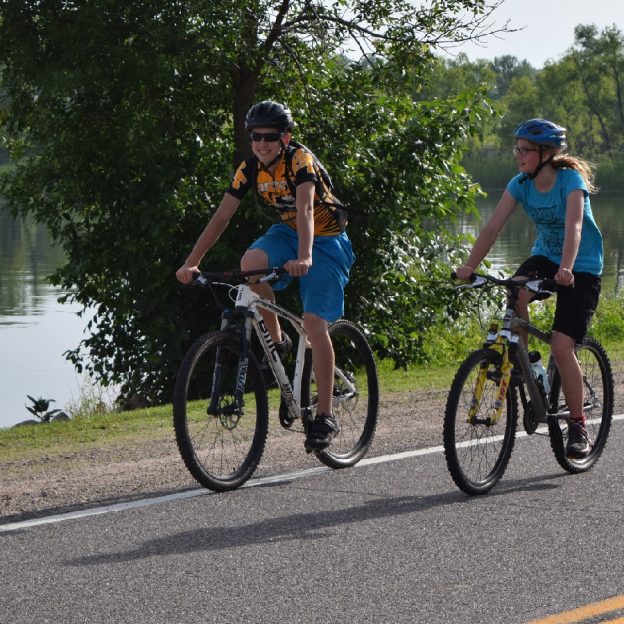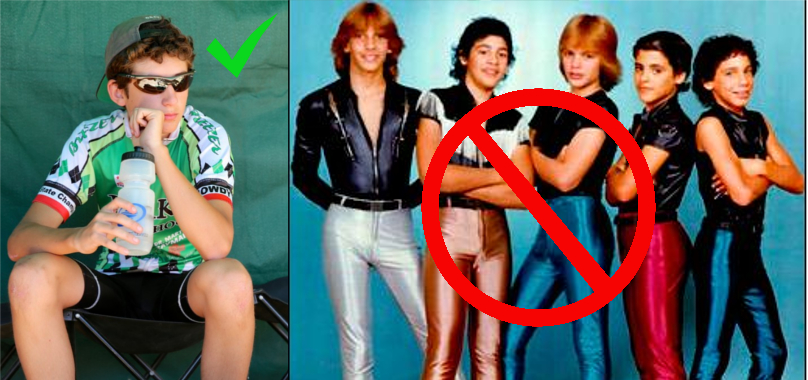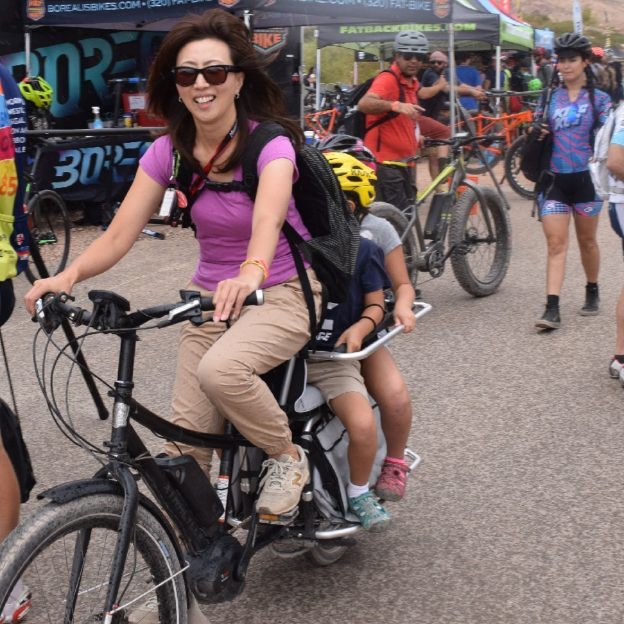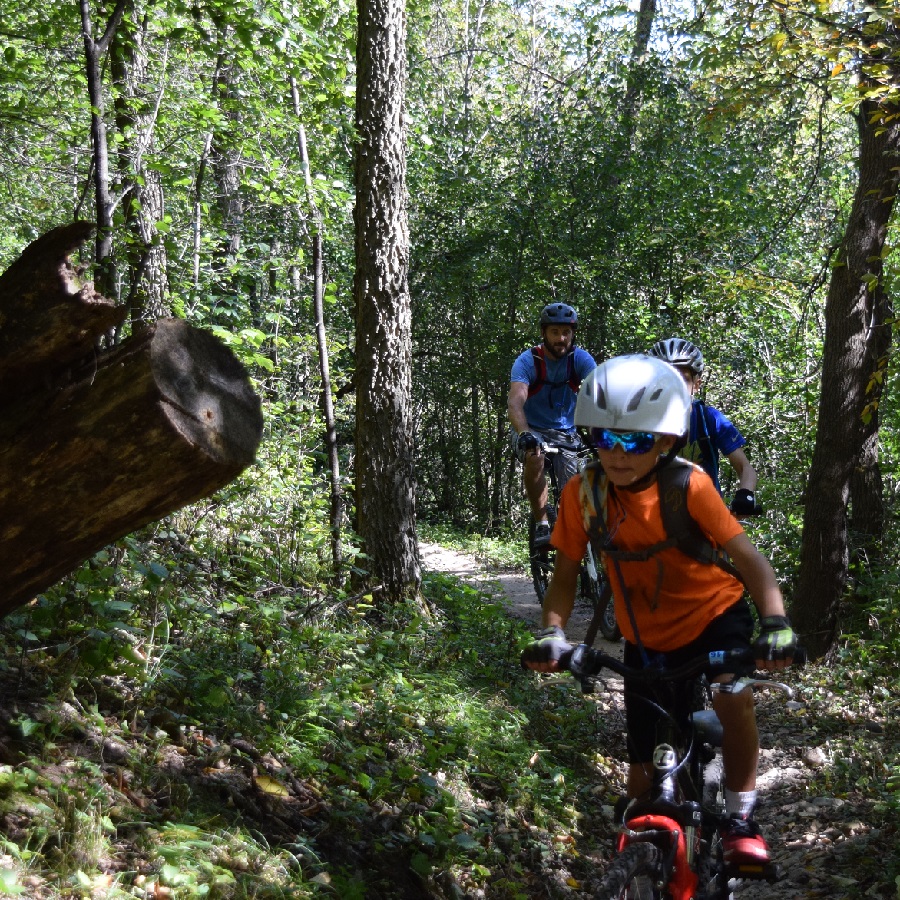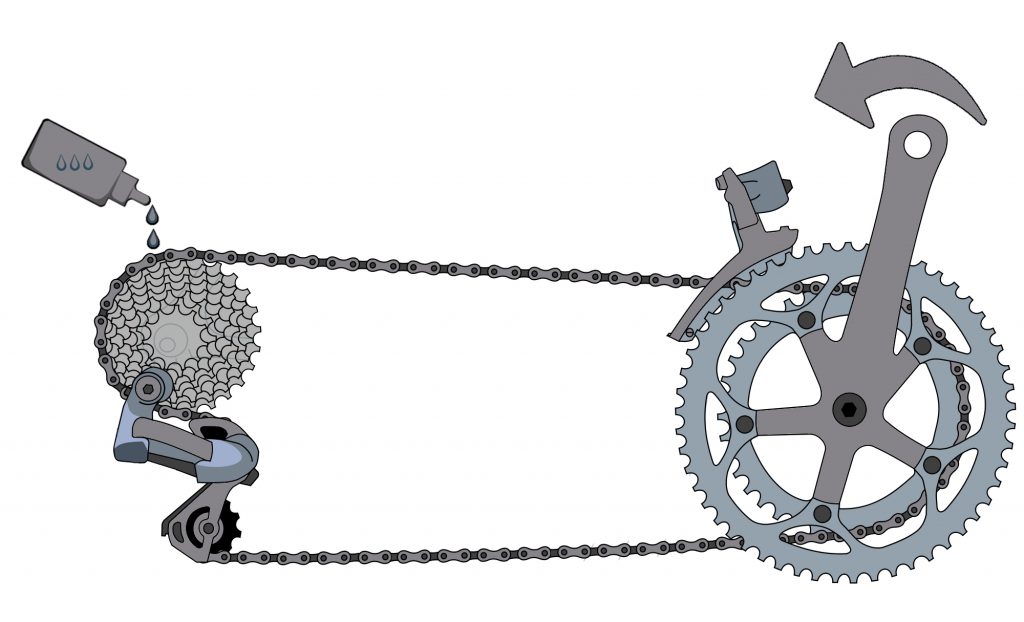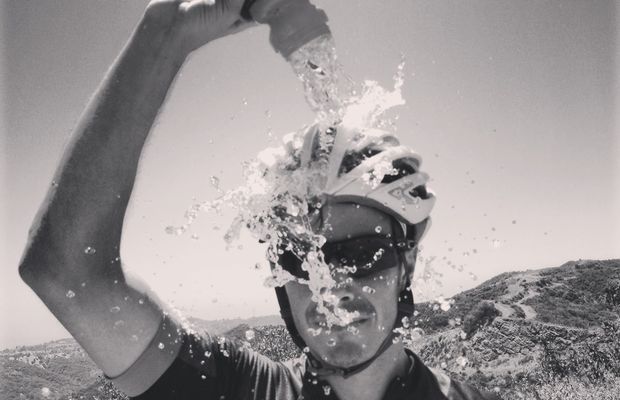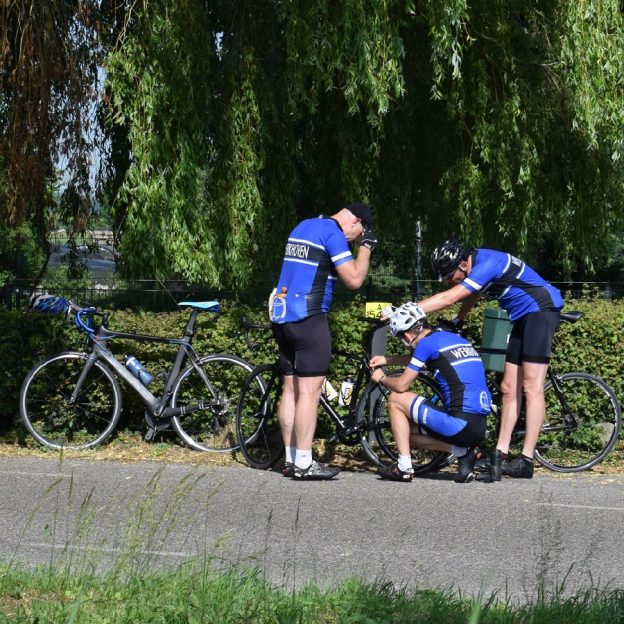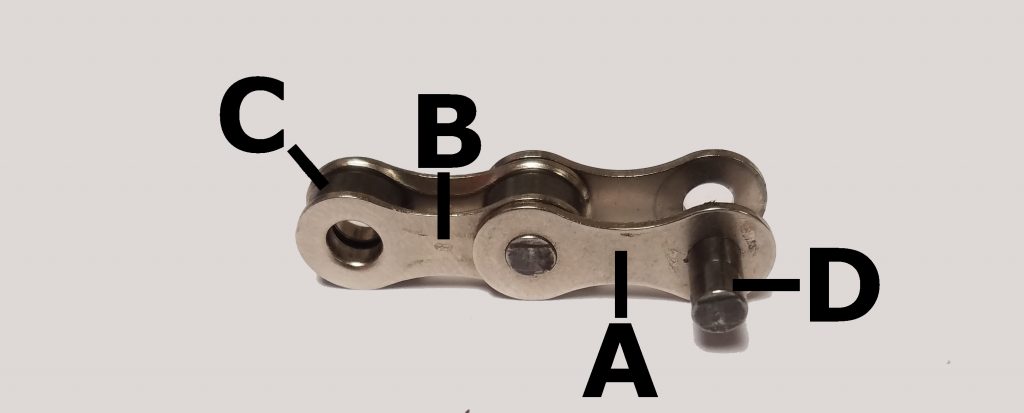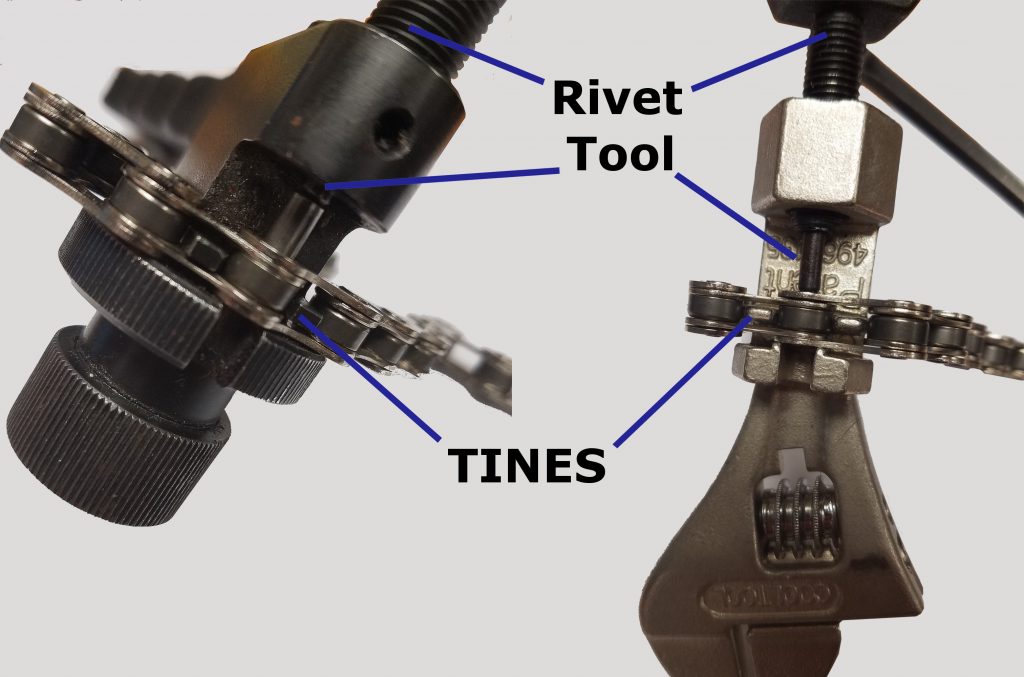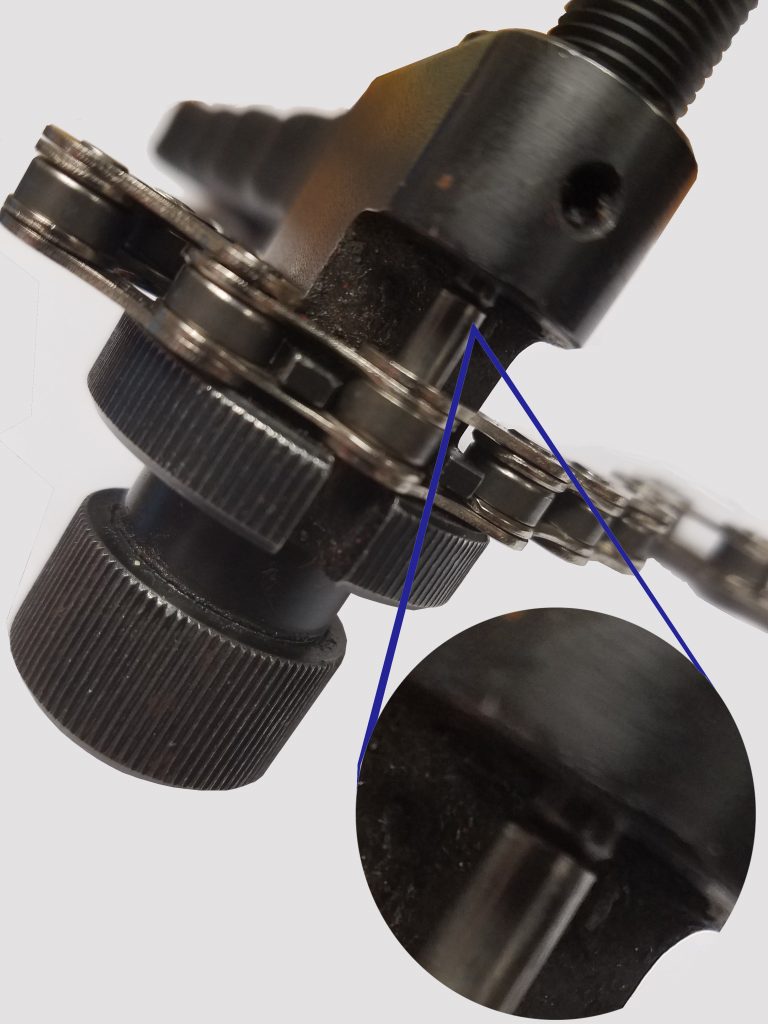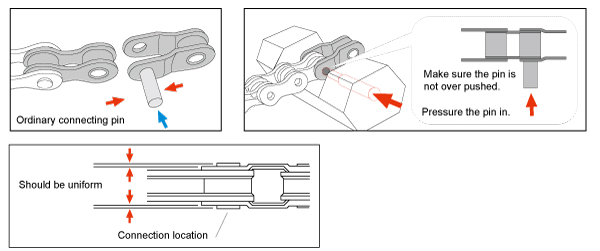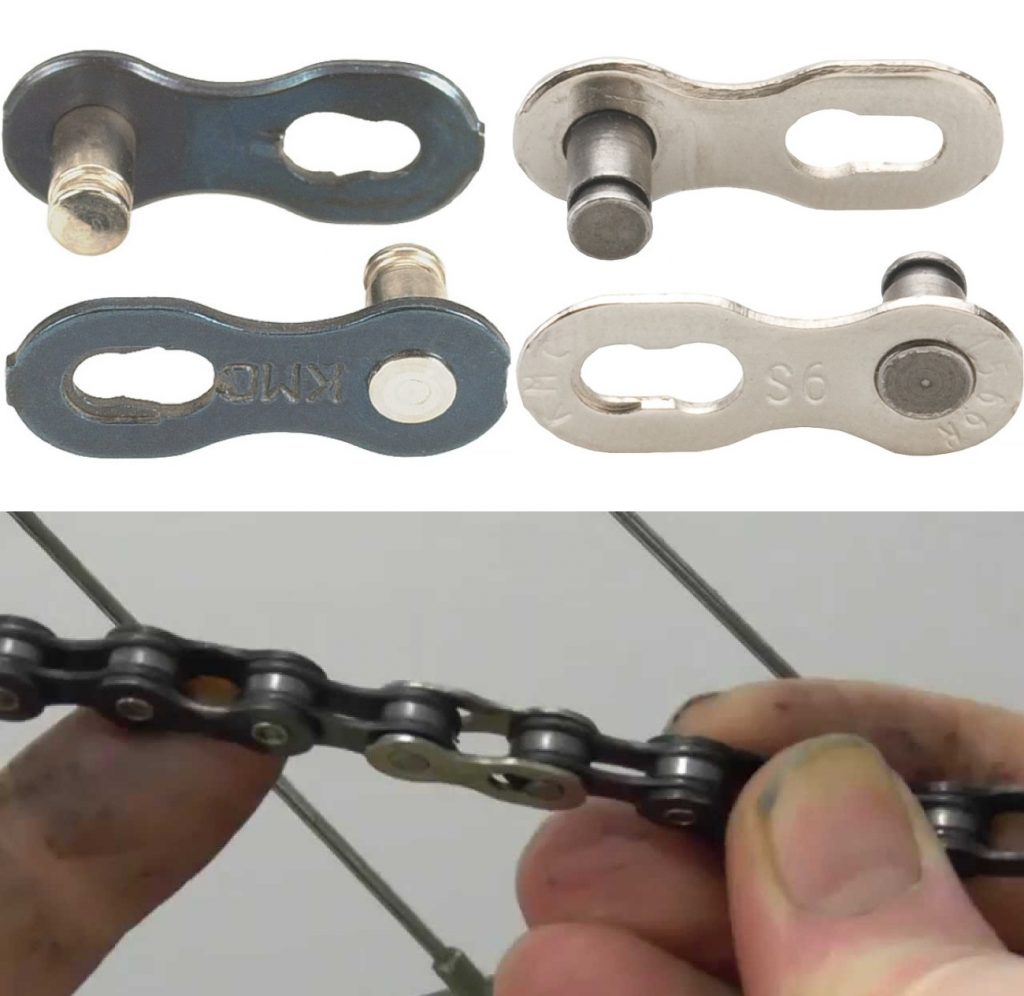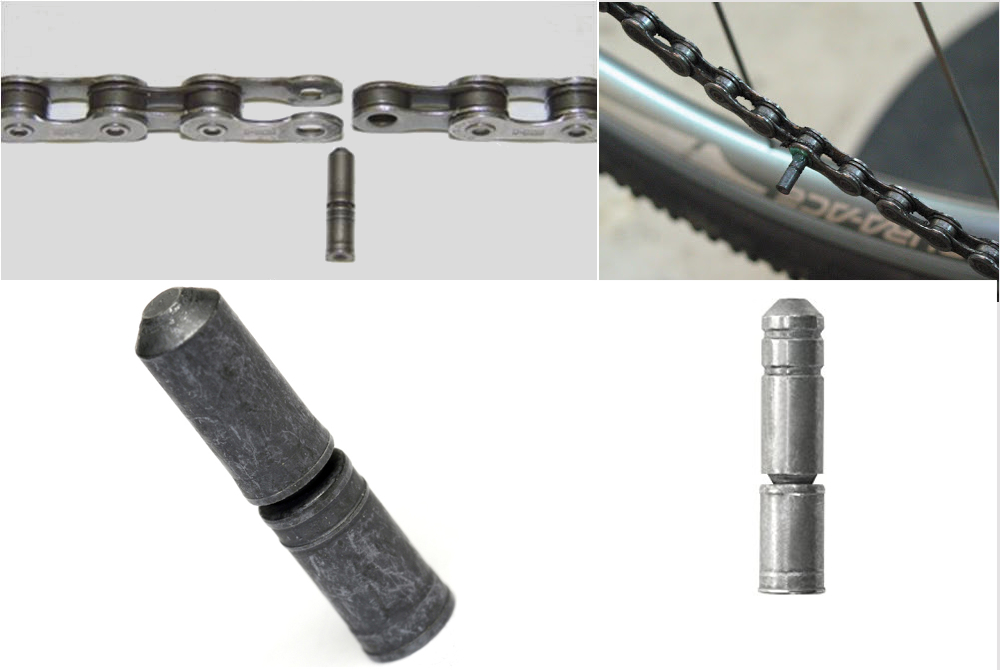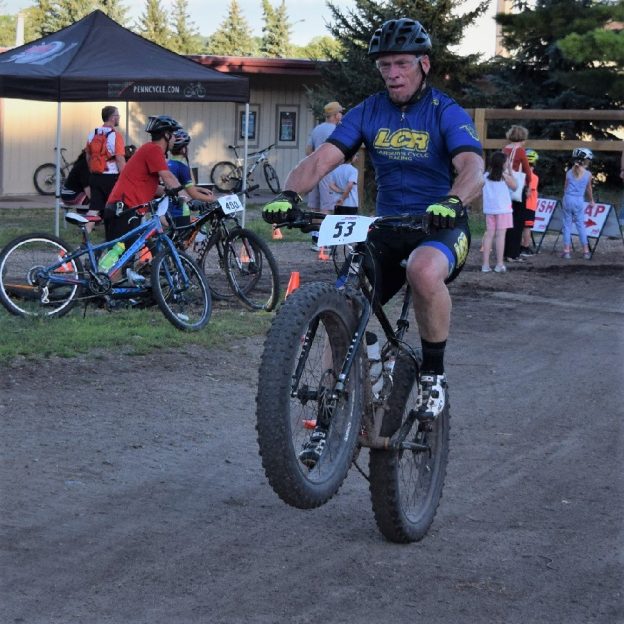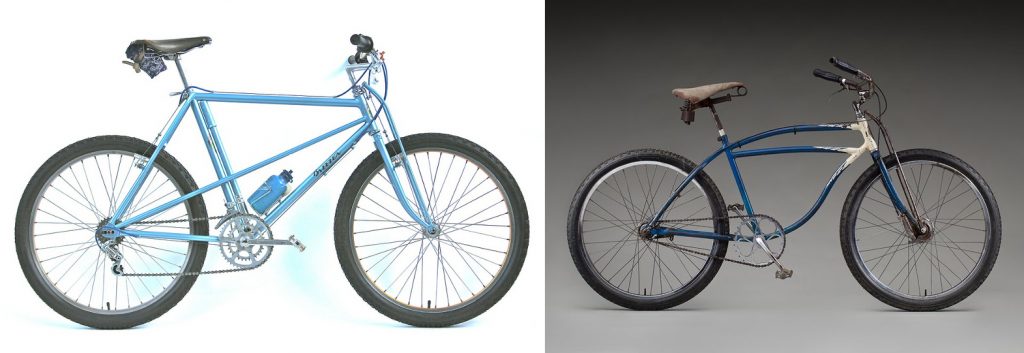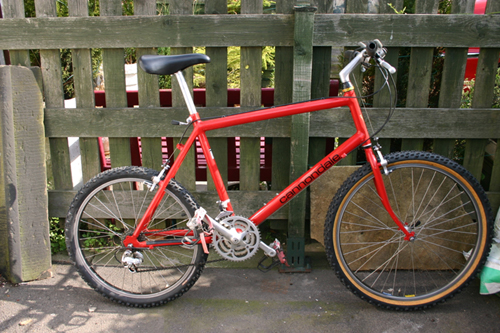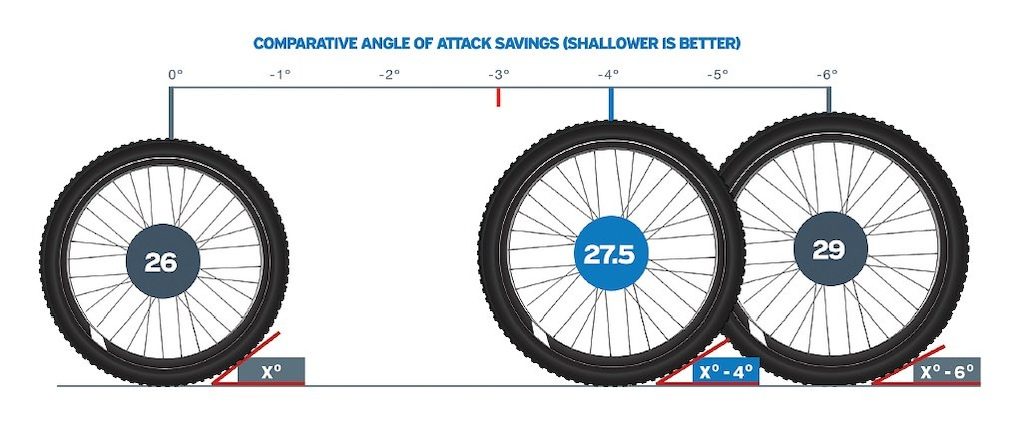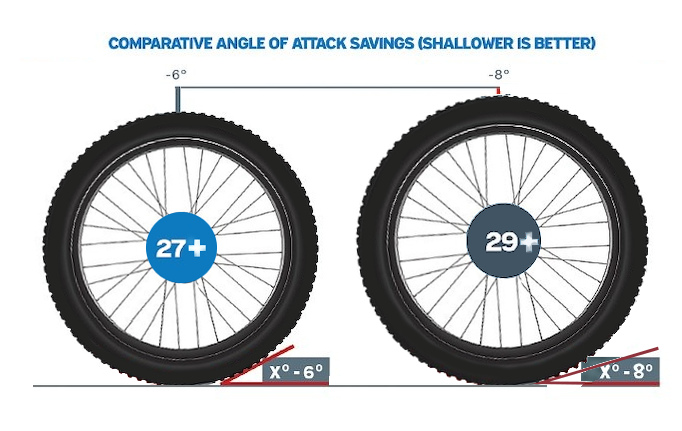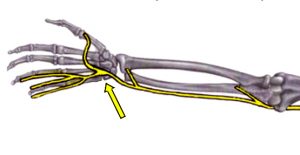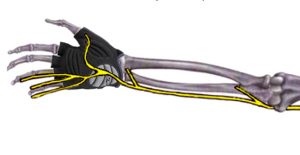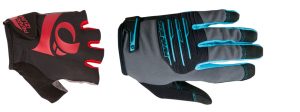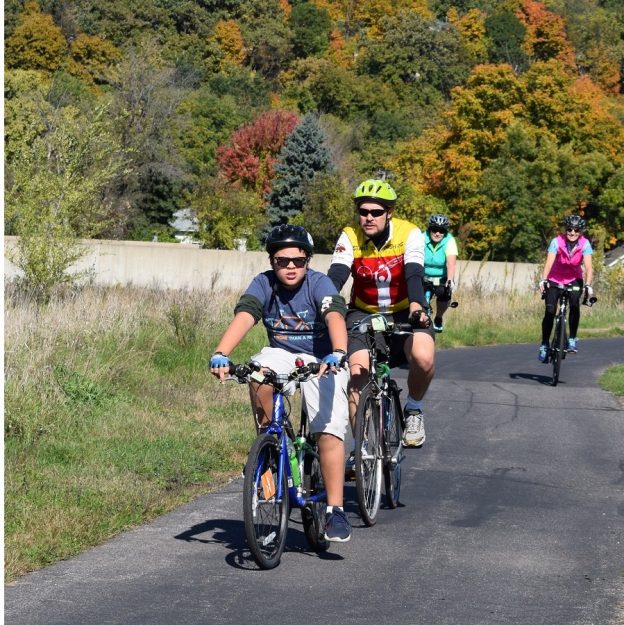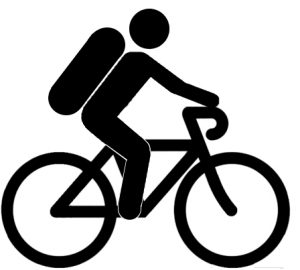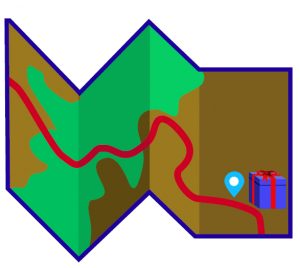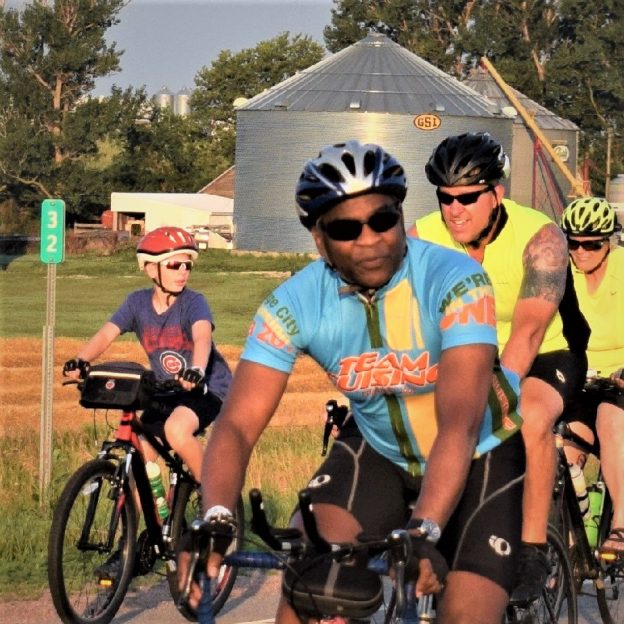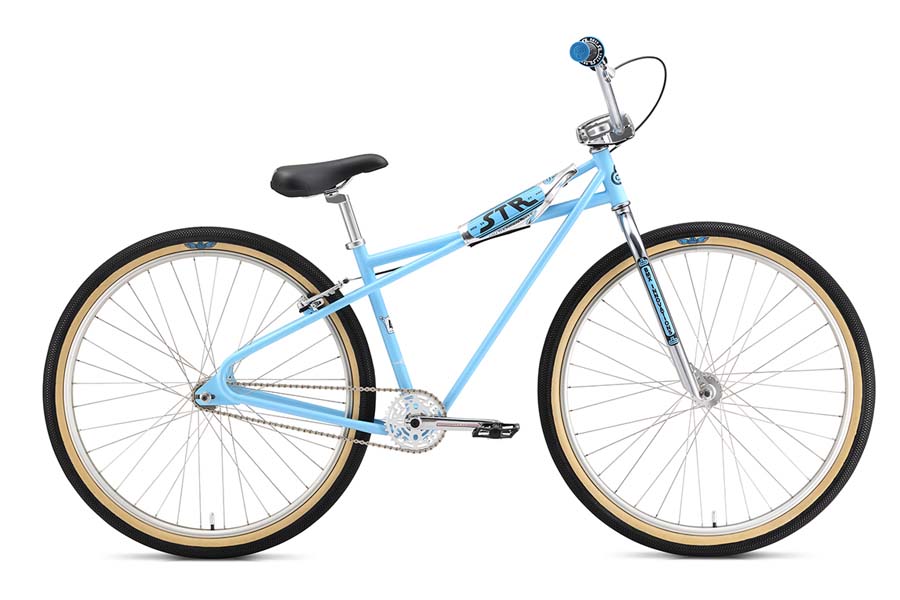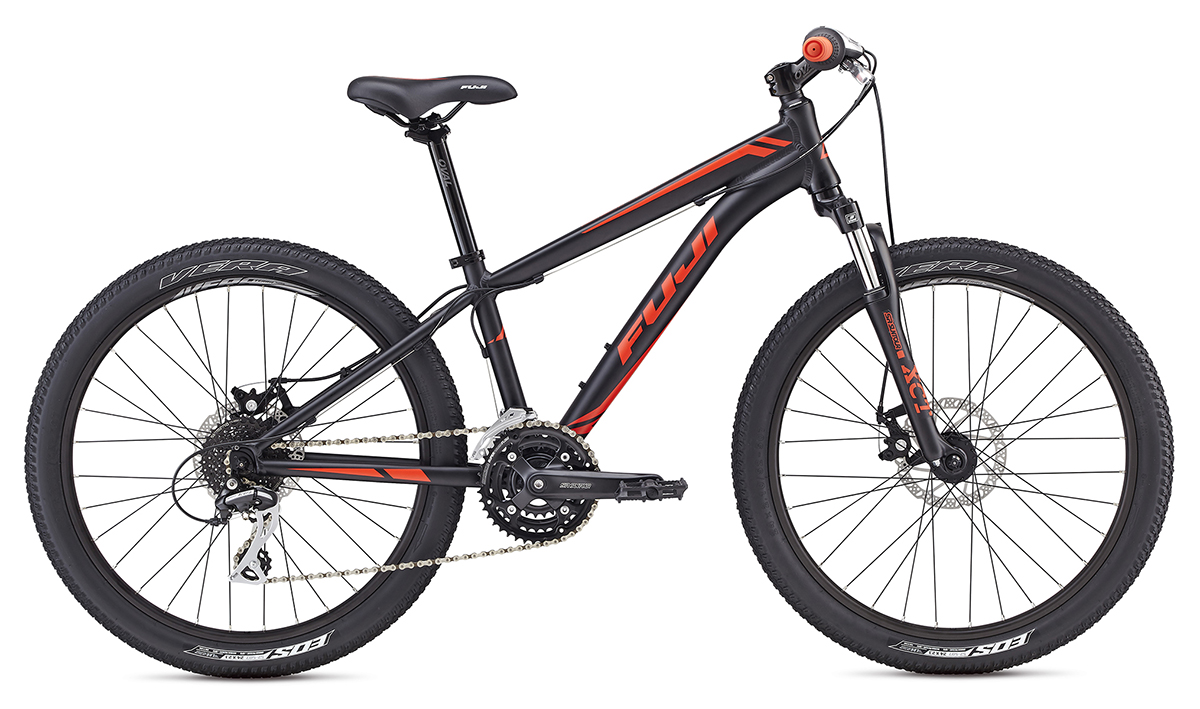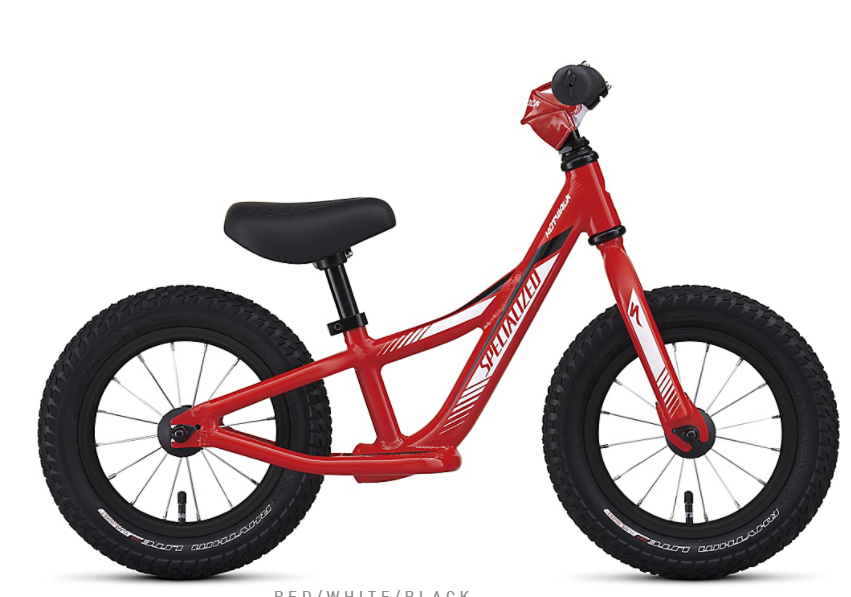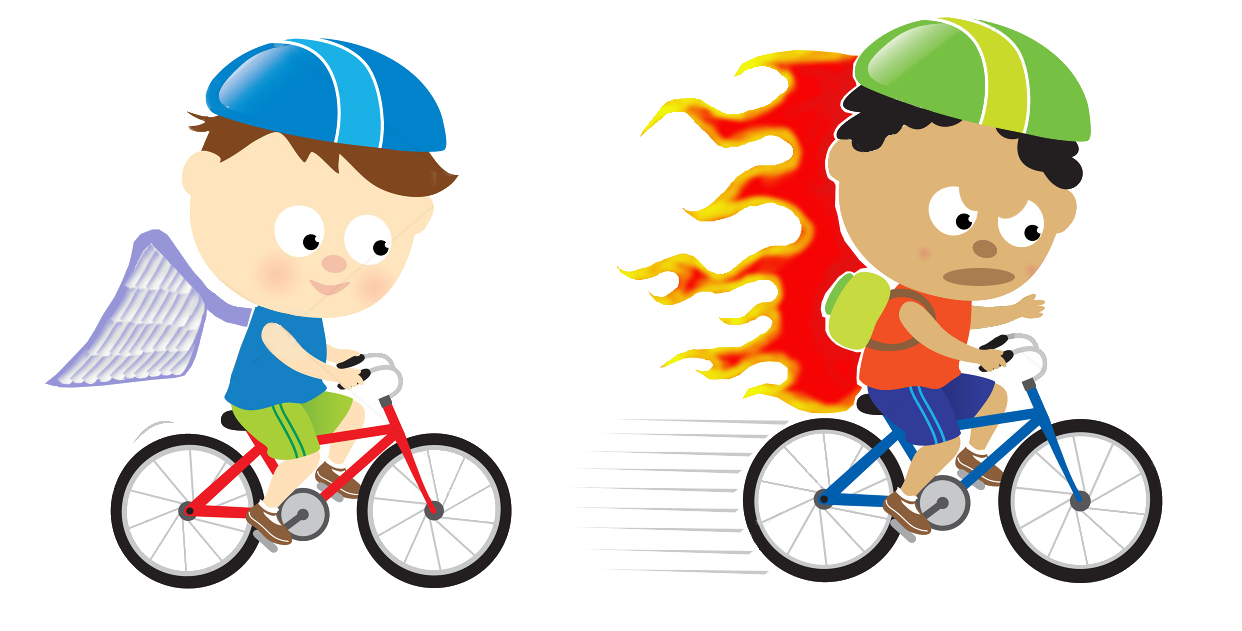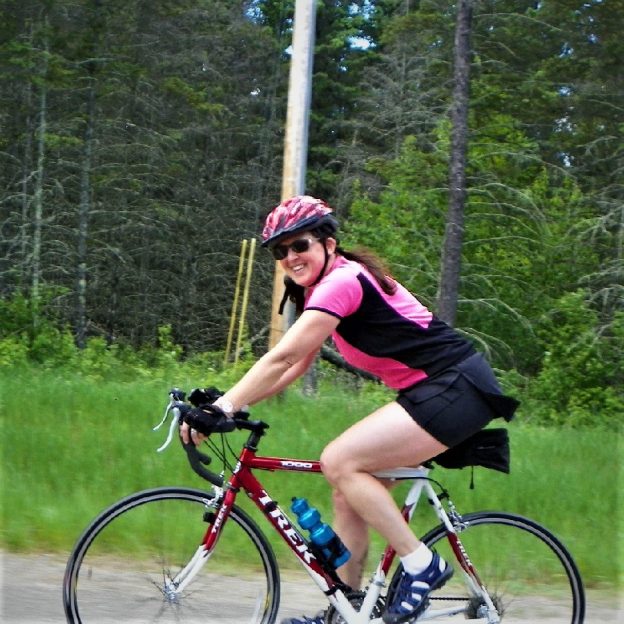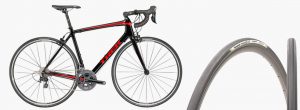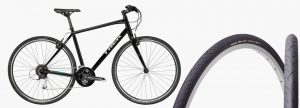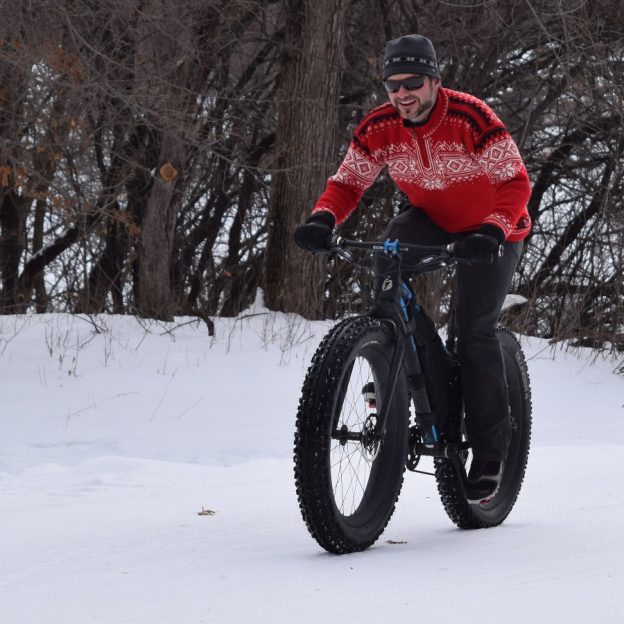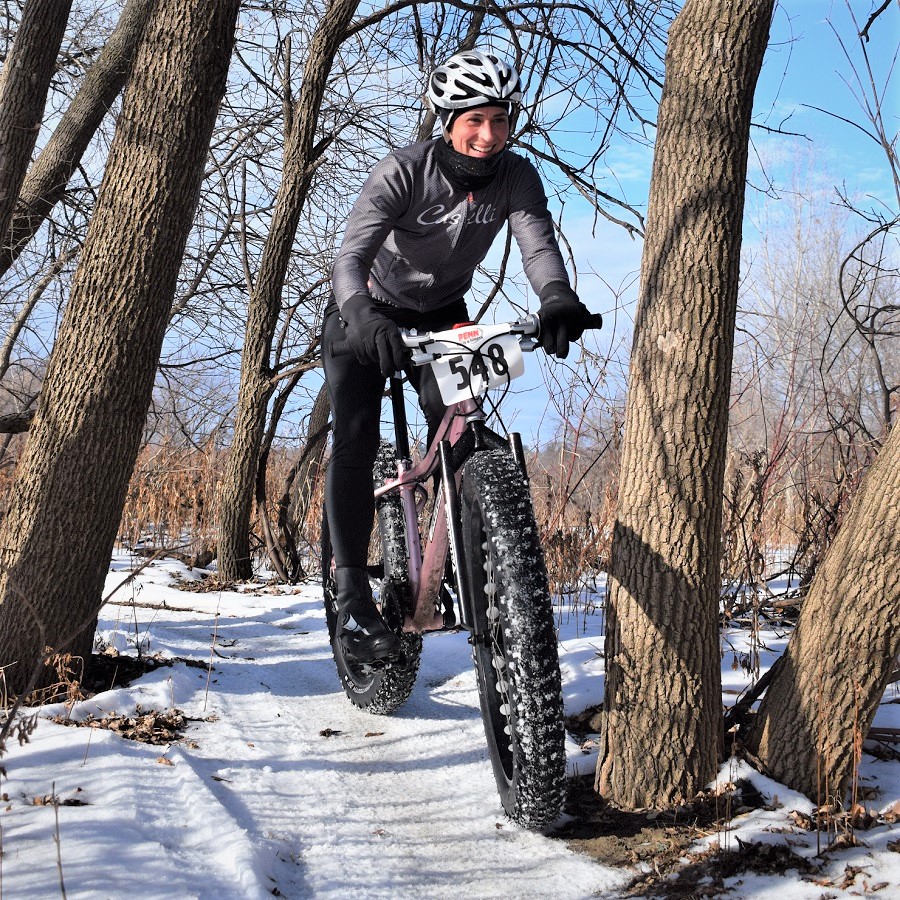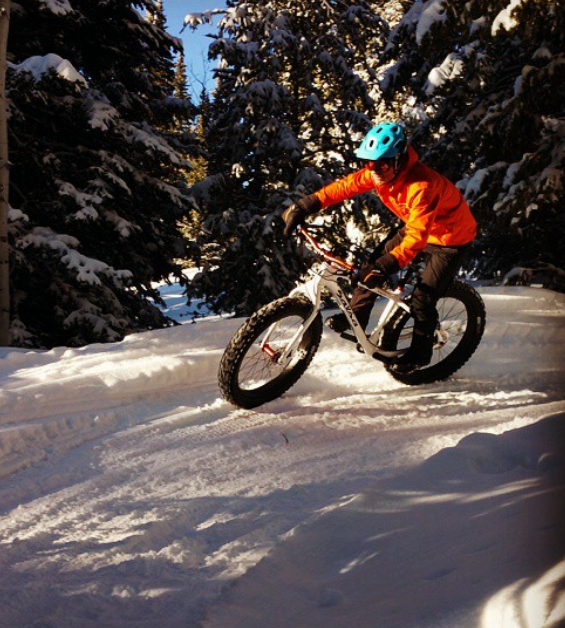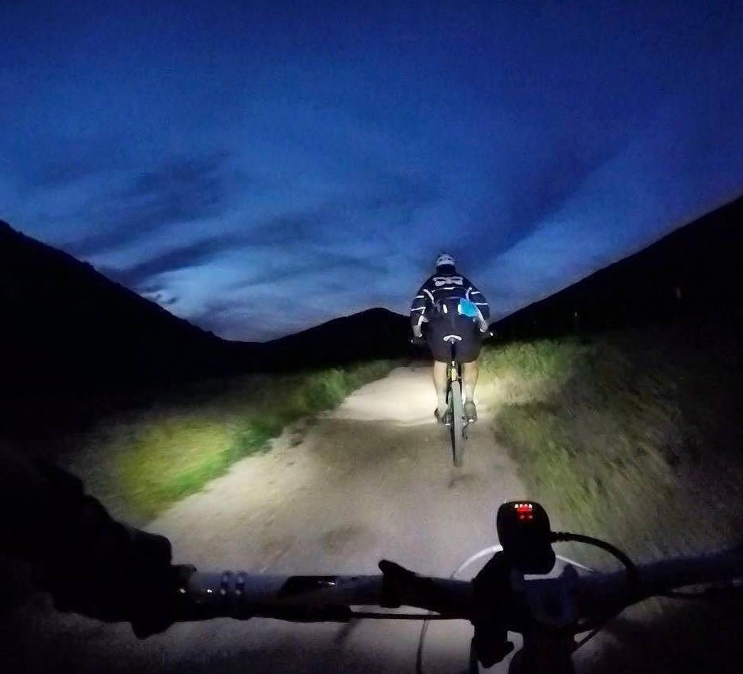by John Brown,
The best way to find the right bike for you is to do some research on models you like. Then verify their size to your body and test riding your choices a lot. How do you make the best use of your time while test riding these bikes with so many choices? Read on for a complete list of how to test ride efficiently.
Test ride bike plan research
Any good test ride begins with research. First, review what type of bicycle you would like, then check out the websites of some popular brands. Please pay close attention to the prices of each bike and what it buys you. A few things to look for are the number of gears, what type of suspension it has, tire size, frame material, and brake type. Once you have gotten a general sense of what is available, you can plan a trip to the bike shop.
Pick a shop
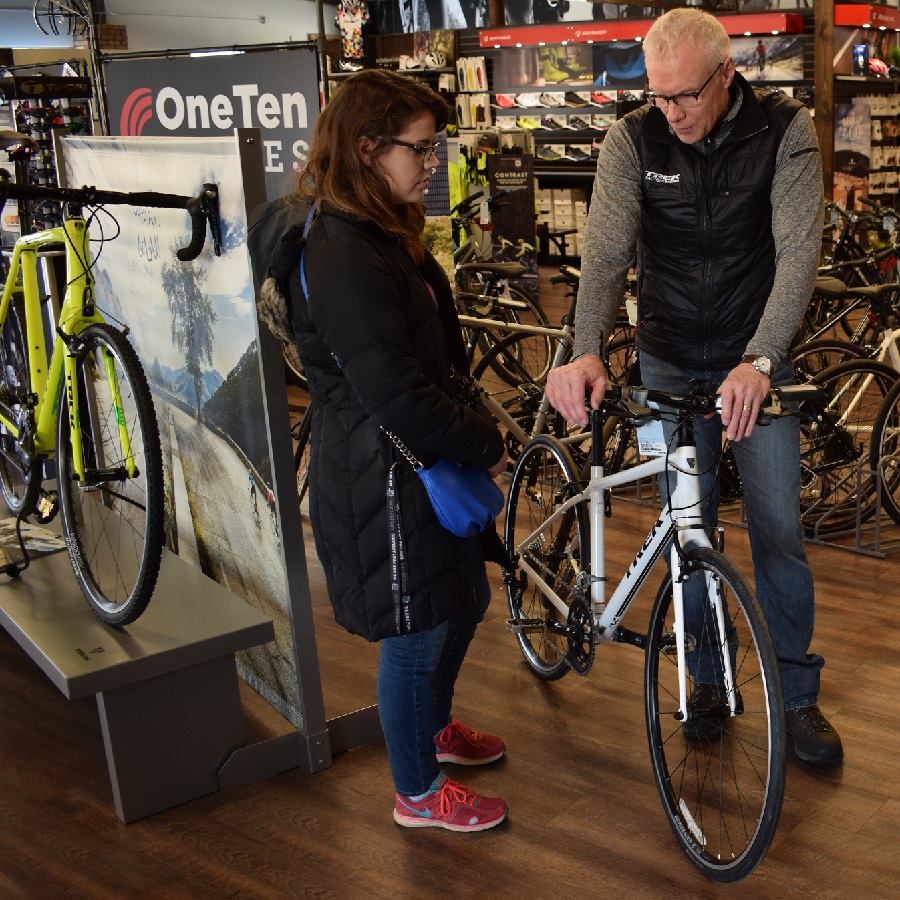
Before looking further, call a shop closest to you and verify they have the models you want to test ride.
Once you have researched a few bikes you like, give some local dealers a call. Most brand’s websites have a dealer locator to help you find the closest shop. Give a call to the shops closest to you and verify they have the models you want to ride. Because shops can’t stock every possible model in every possible size, call to ensure they have the right model in a size that is close to what you are looking for.
Make a date to test ride.
Check the weather and your schedule, then pick a good time to head into the shop. Keep in mind that shops and roads are less busy during the workweek. Therefore, Monday thru Friday is the ideal time to test ride bikes. If you need to go in on the weekend, call the shop and see when they are least busy and make an appointment if possible.
Dress appropriately
It makes no sense to test ride bicycles if you are not dressed for the occasion. Wear your Jersey, Shorts, bring your helmet, and bring shoes and pedals if you ride clipless. Another helpful thing is to bring your existing bicycle with you. They can replicate the setup of your current bike to new bikes you would like to test ride.
Bring your ID
When test riding bikes, you are potentially borrowing thousands of dollars from the shop. Therefore, it’s expected for shops to ask for some form of collateral. At the minimum, bring your ID and a major credit card.
The test ride
Test rides don’t need to take hours, but a three-minute spin is rarely enough time to make a real impression. Expect to take at least 15 minutes on each bike, with more time spent on the first few bikes you ride. When riding, try to focus on how the bike accelerates, how easily it changes direction, and how stable it feels. A great way to do this is to pick a set route with some flat area, some climbs, and at least one good descent. Riding the same course with different bikes makes comparing them easier.
Narrow it down to bikes
Once you get a feel for a few bikes, you can start narrowing down your choices. I find it best to pick two and then ride them back to back, concentrating on fit and comfort rather than speed and stability. Have the shop begin dialing in your fit on these two bicycles to see which one really is the best for you. Once you have a bike that rides well and fits well, you are ready to buy.
Buy everything you will need
A bike that rides great is the key ingredient in a great bike ride, but it’s not everything. Remember that your new bike needs things like a water bottle cage, kickstand, lights, and maybe clipless pedals or a better fitting saddle. Consider all the situations you may run into on your new bike and buy the products you need to be prepared.
Hopefully, your next bike purchase will be fun and informative.
